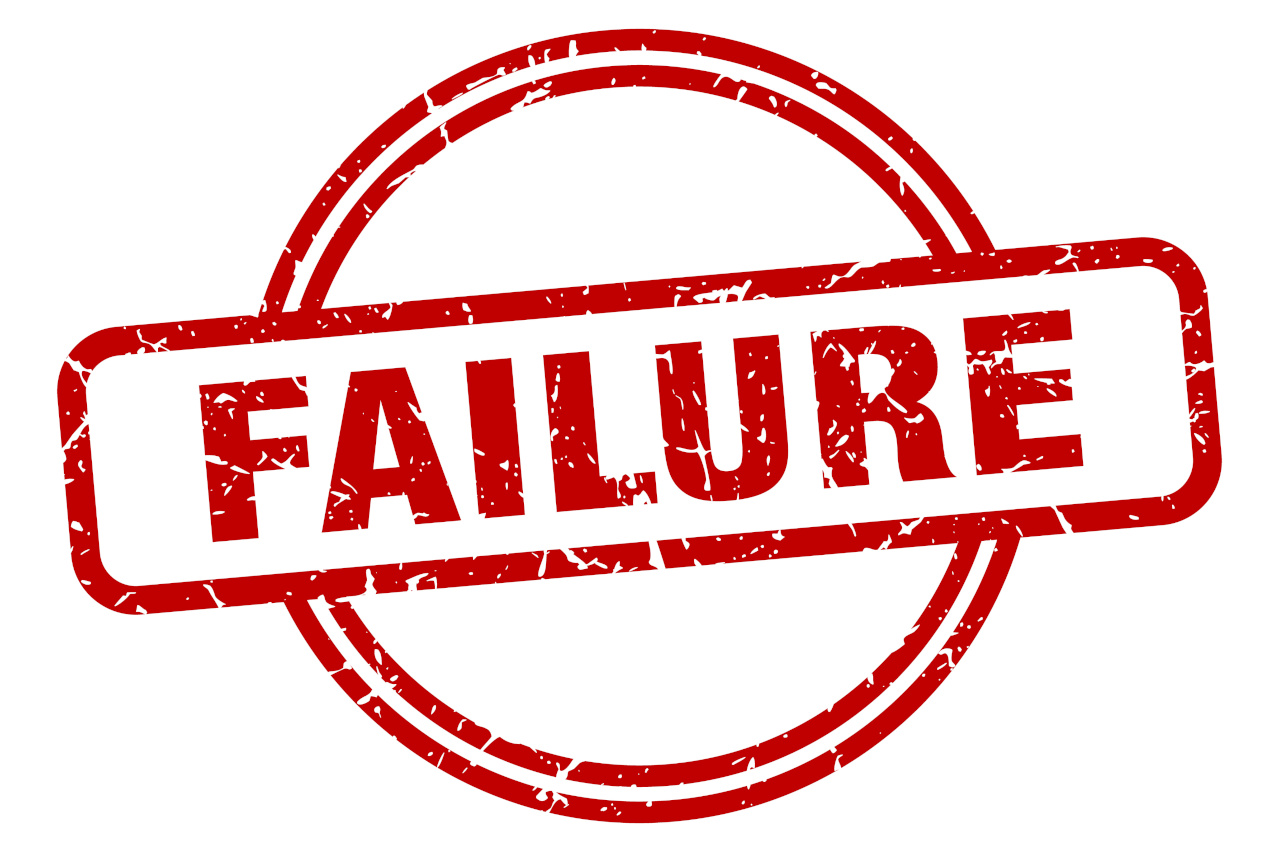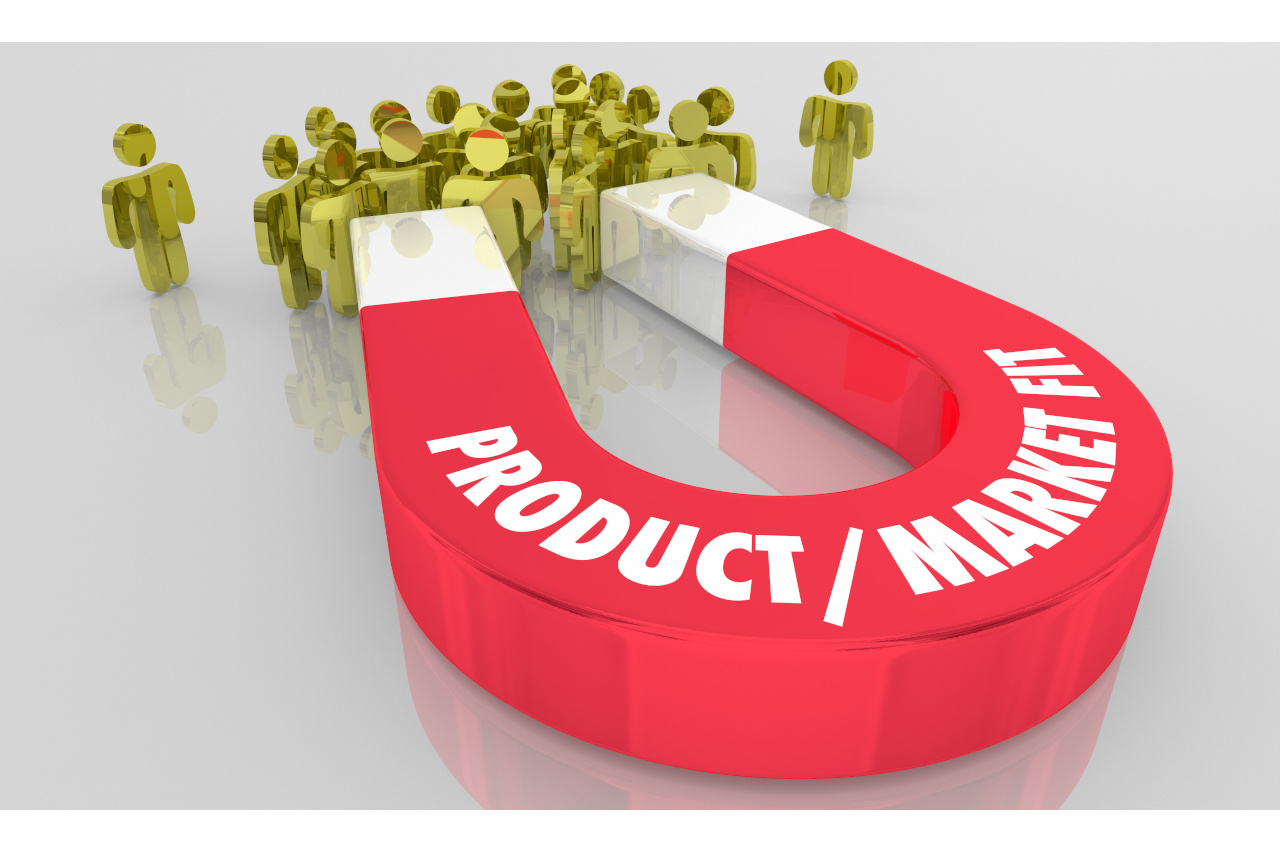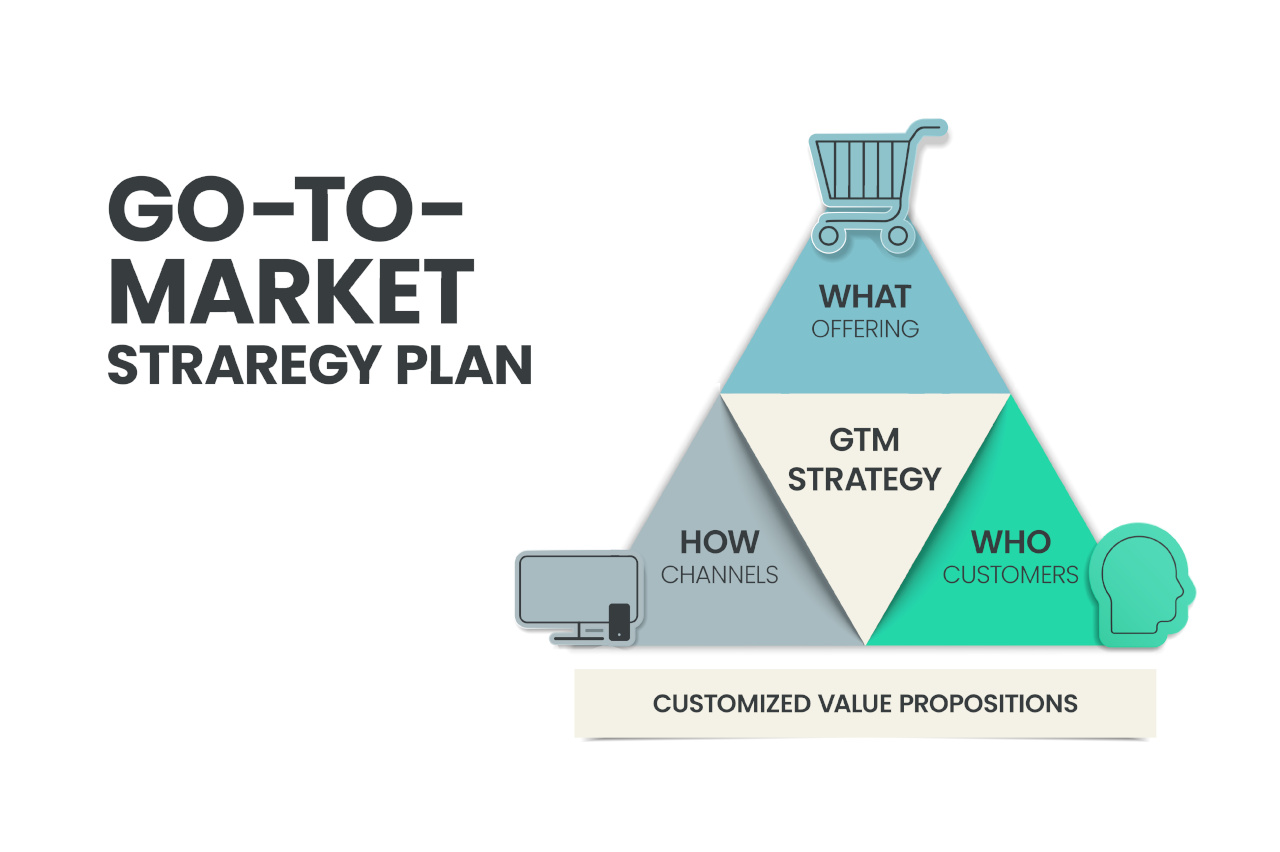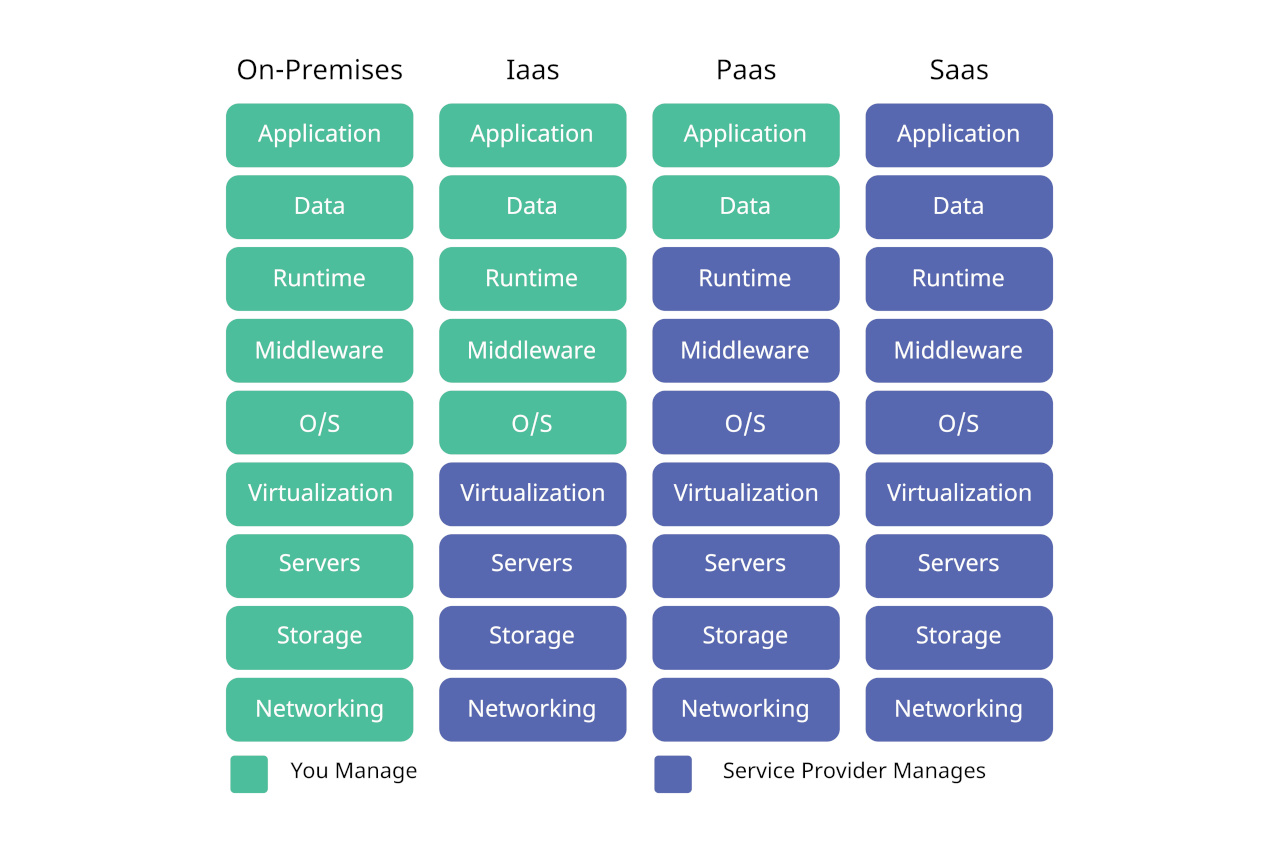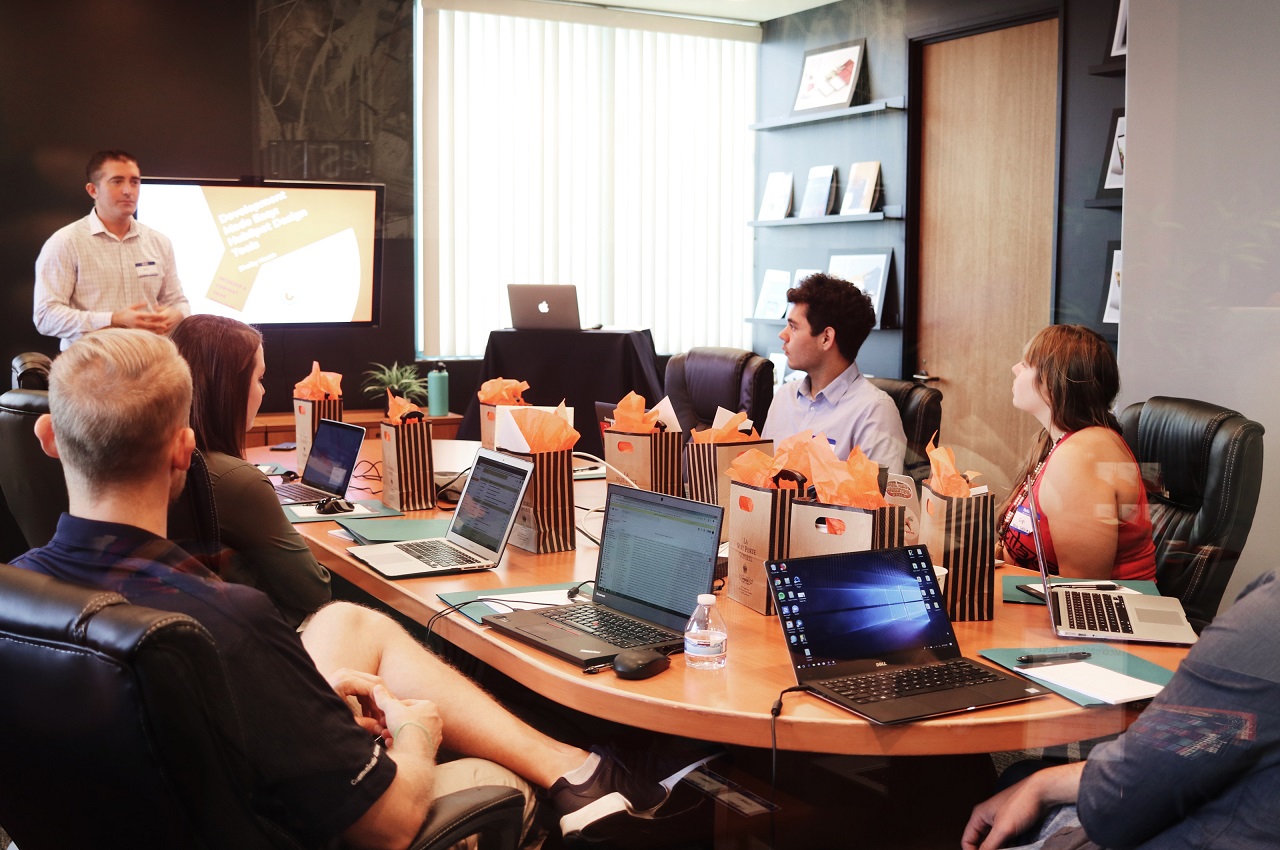Product development is the lifeblood of tech starups. The ability to develop and launch new products effectively determines your ability to thrive in a competitive marketplace. However, moving from a great idea to a successful product launch is no easy task. In this guide, we cover the essential concepts, advanced strategies, common pitfalls, and key success factors in tech product development. We also provide a basic roadmap to help you navigate the complex journey from idea to launch.

1) Essential Concepts of Tech Product Development:
1a) Ideation and Conceptualization:
The first step in product development is ideation, where new ideas are generated. For tech SMEs, this often involves brainstorming sessions, customer feedback, market research, and competitive analysis. The goal is to identify a problem that needs solving or an opportunity that isn't currently being addressed in the market.
Once you've identified a viable idea, the next step is conceptualization. This involves fleshing out the idea into a more detailed concept. What will the product do? Who is the target audience? What are the key features? Conceptualization is about defining the product's purpose and its value proposition.
1b) Market Research and Validation:
Market research is crucial in tech product development. It’s important to validate your idea by understanding the market landscape, identifying your target audience, and evaluating the competition. Market research helps you determine whether there’s a demand for your product and how you can position it to stand out.
Validation involves testing your concept with potential users. This can be done through surveys, focus groups, or even a minimum viable product (MVP) that allows you to gather feedback early in the process. The goal is to ensure that your product idea resonates with the market before you invest significant resources in development.
1c) Product Design and Development:
Once your idea is validated, the next step is product design. This involves creating wireframes, prototypes, and user interface (UI) designs that map out the product’s functionality and user experience (UX). Design is a critical phase because it determines how users will interact with your product.
After design comes development, where the actual product is built. This involves coding, integrating different technologies, and testing. Depending on the complexity of the product, this phase can take anywhere from a few weeks to several months. It’s important to have a clear development plan and timeline to keep the project on track.
1d) Testing and Iteration:
Testing is an ongoing process throughout product development. It involves identifying bugs, usability issues, and other potential problems that could affect the product’s performance. Testing can be done internally by your development team or externally through beta testing with real users.
Iteration is the process of refining and improving the product based on feedback from testing. This could involve fixing bugs, adding new features, or making changes to the UI/UX. Iteration is critical to ensure that the product meets user expectations and is ready for launch.
1e) Launch and Marketing:
Once the product is fully developed and tested, it’s time for the launch. This involves rolling out the product to your target audience, often through a coordinated marketing campaign. A successful launch requires careful planning and execution, including setting launch dates, preparing marketing materials, and coordinating with sales teams.
Marketing is key to a successful launch. This could include digital marketing strategies like social media campaigns, email marketing, content marketing, and paid advertising. The goal is to generate awareness and drive adoption of your new product.
2) Advanced Concepts of Tech Product Development:
2a) Agile Development:
Agile is a popular development methodology in the tech industry. It involves breaking the product development process into smaller, manageable iterations or “sprints.” Each sprint focuses on delivering a specific piece of functionality, which is then tested and refined in subsequent sprints. Agile allows for greater flexibility and responsiveness to change, which is crucial in fast-paced tech environments.
2b) Lean Product Development:
Lean product development focuses on maximizing value while minimizing waste. This involves creating a minimum viable product (MVP) that contains only the core features necessary to solve the customer’s problem. The MVP is then tested with users, and based on their feedback, the product is iteratively improved. Lean development helps tech SMEs avoid overbuilding and ensures that resources are allocated efficiently.
2c) Continuous Integration and Continuous Deployment (CI/CD):
CI/CD is a set of practices in software development that involve automatically integrating code changes, testing them, and deploying them to production. This allows for faster and more reliable product updates. For tech SMEs, CI/CD can help reduce the time it takes to release new features and fixes, improving the overall product development cycle.
2d) Scalability and Architecture Planning:
As a tech SME, it’s important to consider scalability from the outset. This involves designing your product’s architecture to handle increased loads as the user base grows. Scalability planning ensures that your product can grow with your business, avoiding the need for costly reworks or redevelopments later on.
2e) Security and Compliance:
With increasing concerns about data privacy and cybersecurity, it’s crucial to incorporate security and compliance into your product development process. This involves implementing best practices for data encryption, access control, and vulnerability management. Ensuring compliance with regulations like GDPR or HIPAA is also essential, depending on your target market.
3) Typical Gotchas in Tech Product Development:
3a) Scope Creep:
Scope creep occurs when new features or requirements are added to the project after it has already started, leading to delays and budget overruns. To avoid scope creep, it’s important to have a clear project plan and to manage expectations with stakeholders.
3b) Underestimating Time and Resources:
One of the most common mistakes in product development is underestimating the time and resources required. This can lead to rushed development, subpar quality, and missed deadlines. Accurate project planning and resource allocation are essential to avoid these pitfalls.
3c) Lack of User Feedback:
Ignoring user feedback during development is a recipe for disaster. It’s important to involve users throughout the development process, from early-stage validation to beta testing. This ensures that the product meets user needs and expectations.
3d) Poor Communication:
Poor communication between teams can lead to misunderstandings, delays, and mistakes. Establishing clear communication channels and regular check-ins is crucial to keep everyone on the same page.
3e) Inadequate Testing:
Rushing to launch without thorough testing can lead to product failures and negative user experiences. It’s important to allocate sufficient time for testing and to address any issues before launch.
4) A Basic Roadmap for Product Development:
Ideation and Conceptualization: Generate ideas, validate them through market research, and develop a detailed product concept.
Design: Create wireframes, prototypes, and UI/UX designs.
Development: Build the product according to the design specifications.
Testing and Iteration: Test the product thoroughly, gather feedback, and make necessary improvements.
Pre-Launch: Prepare for launch by coordinating marketing efforts, setting launch dates, and ensuring that the product is ready for the market.
Launch: Roll out the product to your target audience and monitor performance.
Post-Launch: Continue to gather feedback, fix bugs, and iterate on the product based on user feedback.
5) Critical Success Factors in Tech Product Development:
5a) Clear Vision and Strategy:
Having a clear vision and strategy is essential to guide the product development process. This ensures that everyone on the team is aligned with the product’s goals and objectives.
5b) Effective Project Management:
Effective project management is critical to keep the development process on track. This involves setting clear milestones, managing resources, and ensuring that deadlines are met.
5c) Strong Collaboration and Communication:
Collaboration and communication are key to a successful product development process. It’s important to foster a culture of open communication and to ensure that all teams are working together effectively.
5d) User-Centric Approach:
A user-centric approach ensures that the product meets the needs and expectations of the target audience. Involving users throughout the development process helps to create a product that resonates with the market.
5e) Flexibility and Adaptability:
The ability to adapt to changing circumstances is crucial in tech product development. Whether it’s responding to market shifts, technological advancements, or user feedback, flexibility is key to success.
Conclusion
Tech product development is a complex and challenging process, but with the right approach, it can lead to the successful launch of products that drive growth and innovation. By understanding the basic and advanced concepts, avoiding common pitfalls, following a structured roadmap, and focusing on critical success factors, tech SMEs can navigate the journey from idea to launch with confidence. Remember, successful product development isn’t just about building a great product—it’s about building a product that meets market needs and delivers value to users.
Also see how you can avoid failing as a company.
